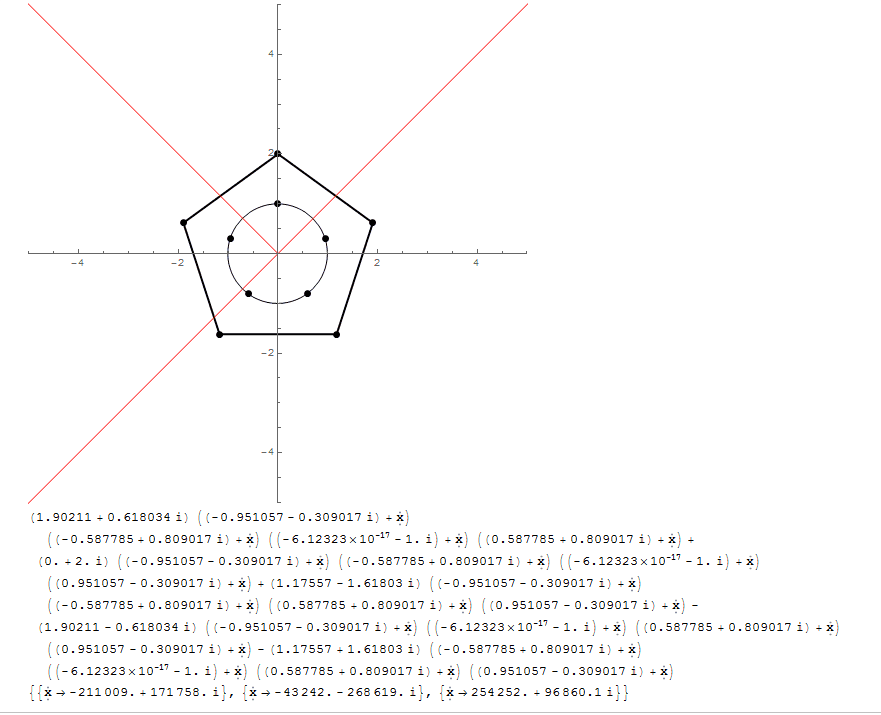What undergraduate work stays on a CV once you start graduate school?
There are lots of simply-connected four-dimensional examples in Gompf's symplectic sum paper paper which are shown to be non-Kahler by virtue of violating the Noether inequality (see Theorem 6.2). There are also higher-dimensional examples in the last section of Gompf's paper, including infinitely many simply-connected non-Kahler ones in any even dimension at least 8. Some of these are obtained directly by symplectic sum, and others by taking four-dimensional examples and embedding them in CP^n and blowing up, as suggested by Tim and eigenbunny--in these cases Gompf uses the Hard Lefschetz theorem to prove that the result isn't Kahler.
The standard symplectic surgery operations in four-dimensions (symplectic sum, Luttinger surgery, rational blowdown...) should generally be expected to produce non-Kahler manifolds more often than not, though it's not always feasible to see that the result isn't Kahler--the standard ways of doing so are by the parity of $b_1$ or by the Noether inequality. In particular this paper of Fintushel-Park-Stern gives another large collection of simply connected examples violating the Noether inequality.
One can also show that a symplectic manifold is not Kahler by showing that it is not formal (in the sense of rational homotopy theory). Often nonformal examples also don't satisfy hard Lefschetz (so could instead just be shown to be non-Kahler by that criterion), but there is a nonformal example of Cavalcanti which does satisfy hard Lefschetz.
If anything is not clear, feel free to ask.
First question is, how to create that polynomial from points, in general:
{a1, a2, a3, a4}.Times @@@ (x - Reverse@Subsets[{c1, c2, c3, c4}, {4 - 1}])

With[{ n = 5},
DynamicModule[{
polygonPoints = 2. CirclePoints[n],
circlePoints = 1. CirclePoints[{1, Pi/2.}, n],
updatePolynomial, polynomial, updateRoots, roots, rootsCoordinates},
Column[{
Graphics[{
Circle[], PointSize[Large],
Dynamic@Point@circlePoints,
Table[
With[{i = i},
Locator[Dynamic[
circlePoints[[i]], (circlePoints[[i]] = Normalize[#]) &],
Appearance -> None]], {i, n}]
,
EdgeForm@Thick, FaceForm@None,
Dynamic@Polygon@polygonPoints, Dynamic@Point@polygonPoints,
Table[
With[{i = i},
Locator[Dynamic[polygonPoints[[i]]], Appearance -> None]], {i,
n}]
,
Red, AbsolutePointSize@12,
Dynamic[{Point@rootsCoordinates,
Line[{{0, 0}, #} & /@ rootsCoordinates]}]
},
PlotRange -> 5, Axes -> True, ImageSize -> 500],
Dynamic[circlePoints; polygonPoints; updateRoots[];
Column@{polynomial, roots}]
}]
,
Initialization :> (
updatePolynomial[] := polynomial = With[{
as = Complex @@@ polygonPoints,
cs = Complex @@@ circlePoints
},
as.Times @@@ (\[FormalX] - Reverse@Subsets[cs, {n - 1}])
];
updateRoots[] := (
updatePolynomial[];
roots = {ToRules@Roots[0 == polynomial, \[FormalX]]};
rootsCoordinates =
Clip[#, 10^2 {-1, 1}] & /@ ReIm[\[FormalX] /. roots];
);
rootsCoordinates = {};
updateRoots[];
)]
]
The original example of a torus bundle over a torus which is symplectic but admits no Kahler structure is due to Thurston.
